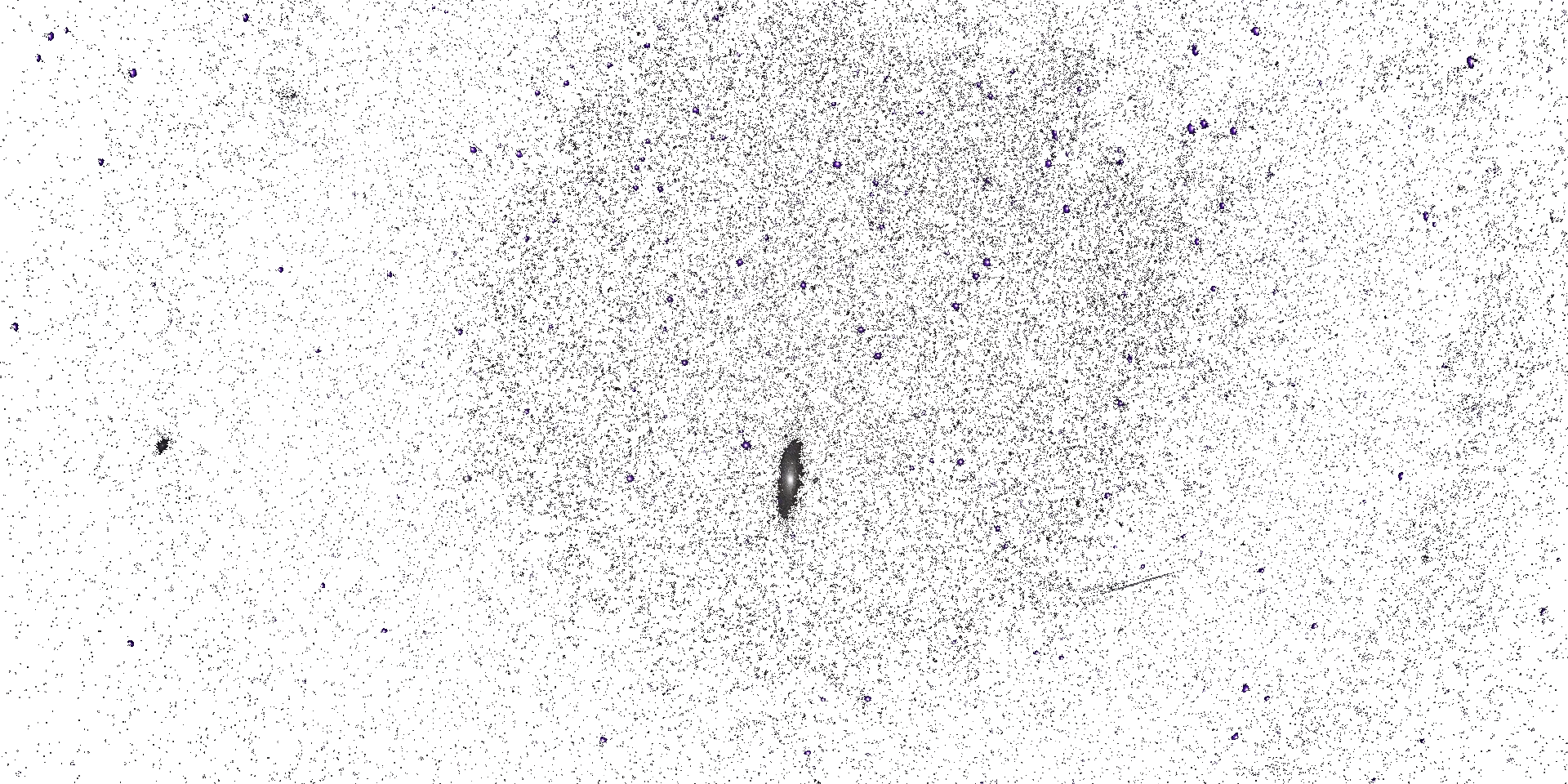




Space Climate 8 Meeting Abstract
Assessment of terrestrial effects during strong and extreme SEPs using neutron monitor records
Alexander Mishev (University of Oulu, Finland)
Ilya Usoskin, University of Oulu, Finland
Sanja Panovska, GFZ German Research Centre for Geoscience, Potsdam, Germany
An important topicin the field of space physics, is the quantification of the cosmic-ray-induced effects on atmospheric physics and chemistry and space weather. These effects can be conveniently studied during strong solar particle events when the high-energy particle flux of solar particles can be greatly increased compared to the galactic cosmic rays (GCRs). In order to realistically assess the terrestrial effects, it is necessary to possess precise information on the solar energetic particles (SEPs) spectra. Here we present a full chain procedure, namely an analysis of SEPs using neutron monitor (NM) records, that is derivation of their spectra, and application of numerical models, to assess the terrestrial effects during strong and extreme SEPs. Here we focus on a specific class of SEPs, namely those registered at the ground the so-called ground-level enhancements (GLEs). Here, we studied selected GLEs, encompassing several strong GLEs, including the two strongest GLEs 5 and GLE 69. Hence we demonstrate the capabilities of a verified method for the determination of SEP spectra and pitch angle distributions in their dynamical development throughout several selected events. Subsequently, on the basis of the derived spectra and employment of 3-D numerical model(s), we assess the ion production rate in the atmosphere and exposure to radiation at flight altitudes, thus quantifying important cosmic-ray induced terrestrial effects. We discussed the importance of the terrestrial effects in relation to the GLE properties in different time scales, namely event integrated and 24h time scales. The worst-case scenario for a specific space weather issue, namely exposure to radiation at flight altitude by employing a rescaling of the GLE 5 to 775 AD event and Laschamp-like magnetic field is also discussed.
Mode of presentation: oral (Need to be confirmed by the SOC)
